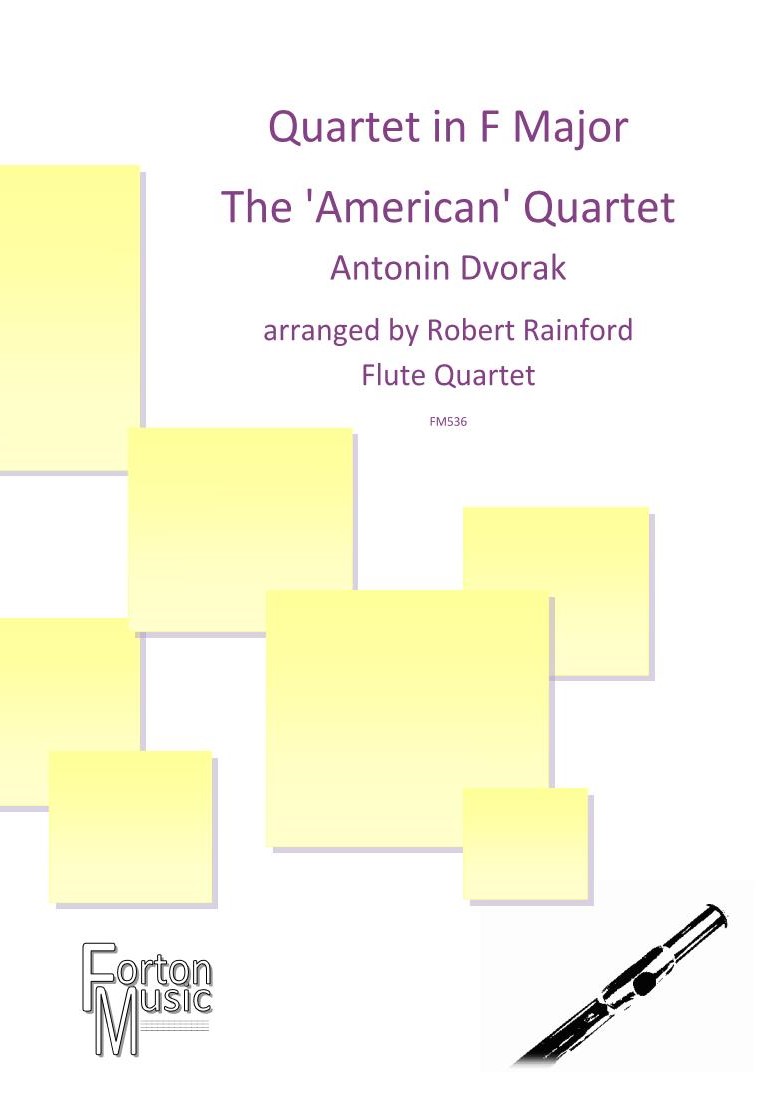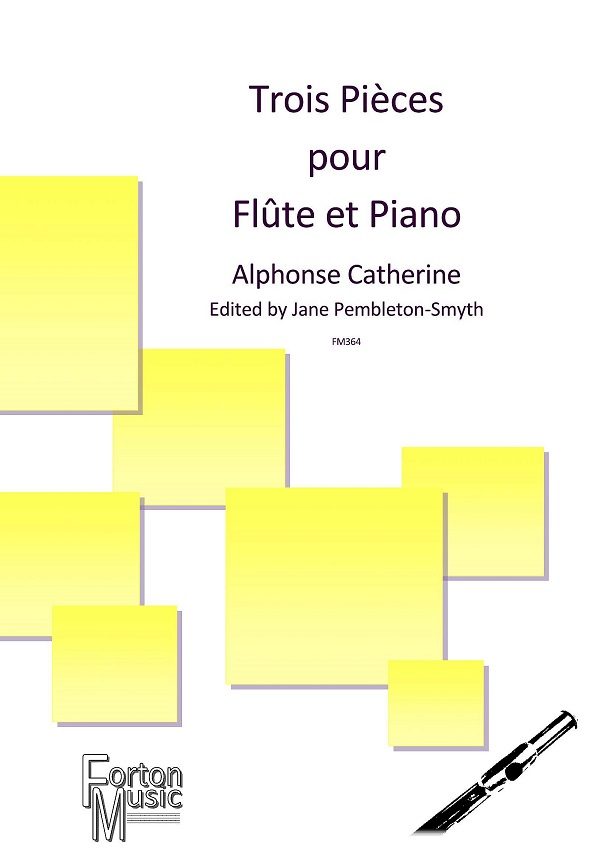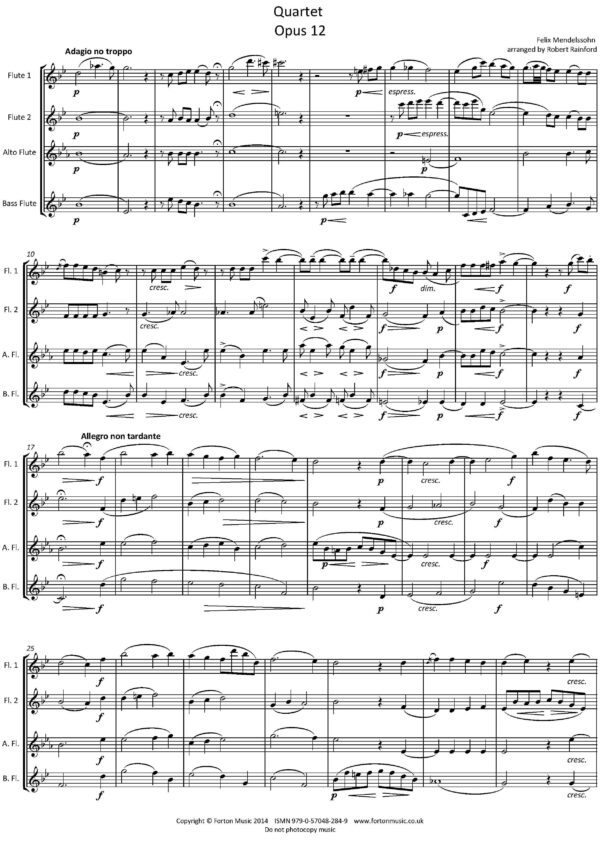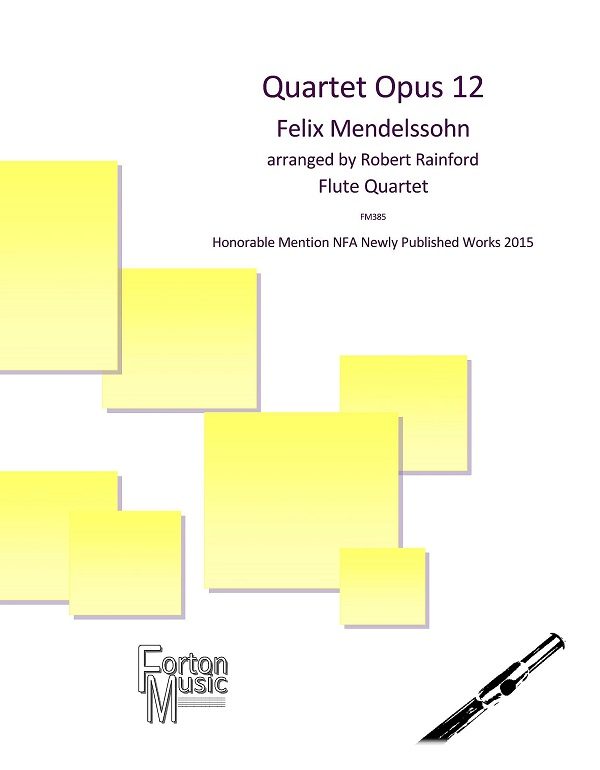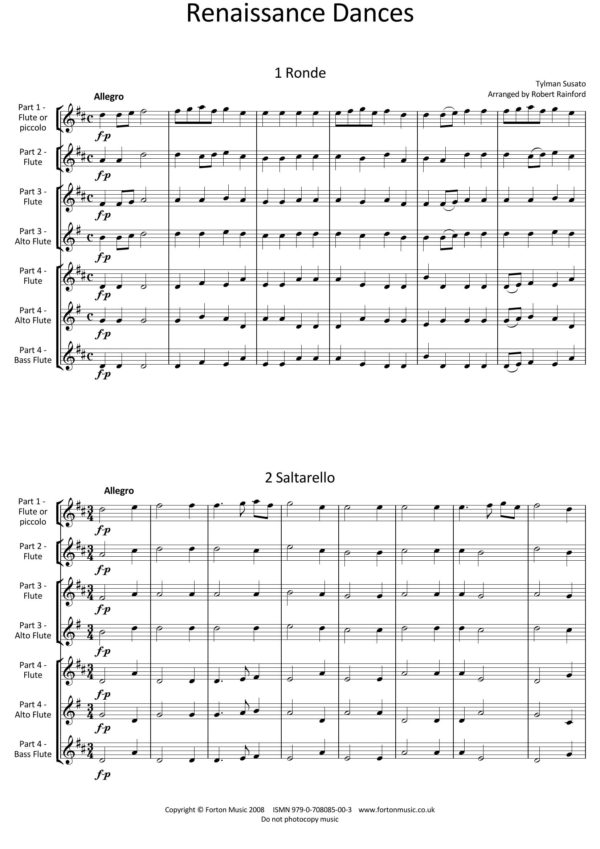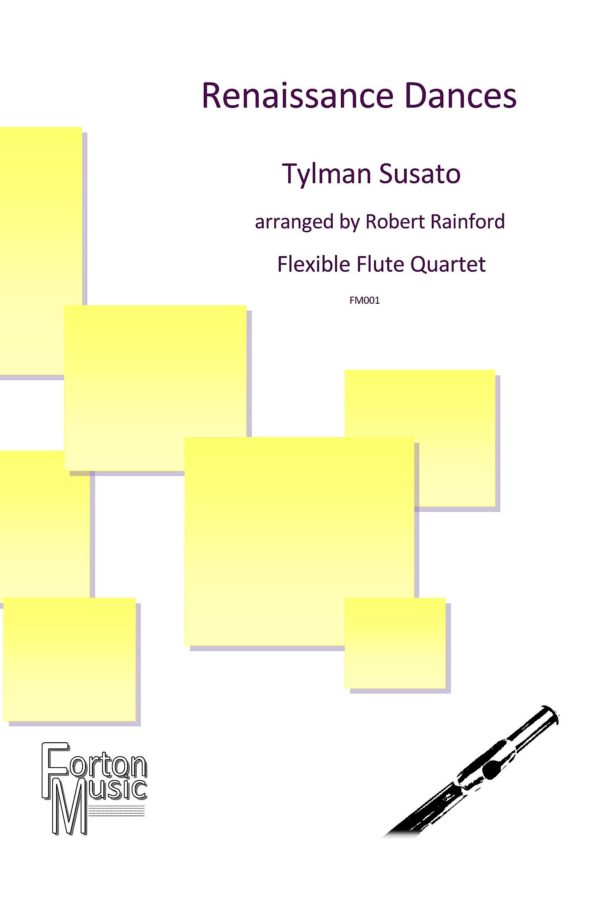Click the links below to hear each movement.
Quartet in F Major (The American Quartet)
Price range: £16.50 through £22.00
Description
Antonin Dvorak (1841-1904) displayed a great musical talent from the start of his life, starting to play the violin from the age of six. His compositions began gaining public awareness when he was in his early thirties, winning many national competitions with his music. He travelled the world conducting and teaching at various conservatoires, ending up in the United States in 1892. Whilst there he wrote his most succesful compositions including the New World Symphony and his Cello Concerto, and this the American Quartet, originally written for string quartet. Problems with his salary, coupled with increasing recognition in Europe and some homesickness prompted him to return to his native Bohemia in 1895, where he died in 1904. Dvorak is often included in the ‘Nationalist’ group of composers, musicians who frequently employ elements of the folk music of their native lands in their music. This quartet was composed during Dvorak’s time in America, during a summer vacation in 1893. It was written in Spillville, Iowa, which at the time was home to a large Czech immigrant community. Dvorak seems to have found the natural country surroundings much more to his liking, having spent much of his previous time in the country in New York. The work was written very quickly, being sketched in three days and finished in about two weeks. In this quartet, Dvorak finally seems to find a balance between his melodic invention and a clear structure. Many writers have tried to find specific ‘American’ features in this work – from pentatonic melodies to native Indian tunes to American birdsong – but in general such specific references are doubted. The first movement moves from passages of great harmonic stillness through a much more dramatic development section that takes the music through fugato section before recapping the original material. The second movement features a simple, pentatonic melody over a pulsing accompaniment. This melody is shared between the highest and lowest parts, before being developed in an extended middle section until the bass flute restates the original tune while the accompaniment thins out completely. The third movement is a variant of a traditional scherzo. It features two tunes, the main melody being a sprightly tune full of off-beats and cross-rhythms. The alternate melody is actually a variant of the main scherzo theme, but in a minor key and at half tempo. The final movement is in a traditional rondo form. The main melody is once more pentatonic, the B section is more lyrical, and the C section is a chorale theme.
Additional information
| composer | |
|---|---|
| instrumentation | |
| skill-level | |
| Select an Option | |
| arranger | Robert Rainford |

